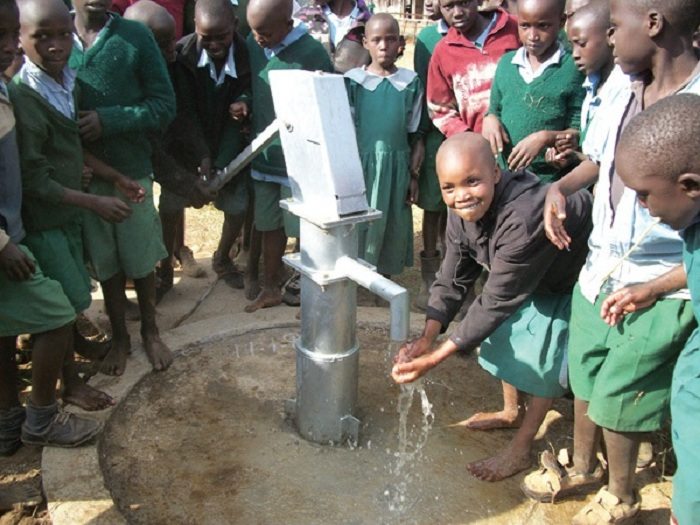The Zimbabwe National Water Authority (ZINWA) has embarked on a programme to resuscitate over 1 200 non-functional boreholes across the country in an effort to reduce the effects of drought.
The program, which is worth US$1,8 million will see the resuscitation of one borehole per ward countrywide as part of the Authority’s drought response strategies.
The resuscitation of the boreholes started on November 5, with the resuscitation of boreholes in Goromonzi Ward 20, Zvimba Wards 8 and 33.
As part of the exercise, where a non-functional borehole has dried up, some drilling will be done to deepen it and improve its capacity.
Most parts of the country did not receive adequate rainfall during the 2015/16 rainfall season due to the El Nino weather phenomenon which affected a number of countries in Southern Africa.
The drought has resulted in depressed dam levels, threatening water availability for some towns. This has also severely reduced water availability for other uses such as irrigation.
This resulted in the water table dropping to levels as low as below 100 metres in areas such as Gokwe, a situation that has left thousands of households across the country, water insecure.
Meanwhile, the ZINWA has deployed a water bowser to ease the situation in Mt Darwin where the growth point’s water supply source, Chesa Weir has dried up owing to the drought.
The water tanker will transport water from the nearby Dotito Water Supply Station.
The intervention has been put in place to improve the water and sanitation situation in Mt Darwin by ensuring water availability and reducing the time people spend searching for the commodity.
The arrangement will remain in place until the completion of the water conveyance works ZINWA is currently carrying out in Mt Darwin.
These works entail the construction of a pipeline drawing water from Ruya River to Mt Darwin. Trenching of the pipeline is already complete and other required material is expected on site once all logistics are in place with completion expected by mid-November.
The drought response interventions follow successful similar exercises in areas such as Lupane, Mutawatawa, Kotwa, Zimunya, Chitakatira, Meleme, Esigodini and Guinea Fowl.
